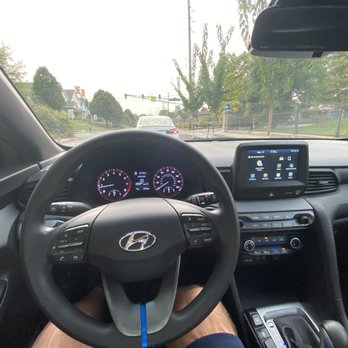
Check for damage before you leave
Before you leave your rental car, make sure to inspect the vehicle for any damage. Before you drive away, make sure to take photos of any damage, such as scratches or dents. This will help you avoid having to pay for damages you did not cause. You may also want to bring your smartphone so you can take photos with a timestamp.
Damage can include a single scratch or several small dings on the body. Renting companies will ask for payment if scratches are longer than 2 inches. The reason for this is that a previous customer may have scratched the car rental company may have missed the scratch during the inspection.
The interior of the house should be inspected
Inspecting the interior of a car rental is a must. It is vital to check for damage and minor scratches. Be sure to inspect the roof for damage. You should also inspect the car's brakes and wheels for damage.

It is crucial to inspect the interior of a rental car, because you'll be responsible for any damages if you damage the car. Most reliable rental car companies will provide a damage report. Be wary of rental car companies who refuse to give one.
Inspect the tyres
When renting a car, you should always inspect the tyres before you drive off. You can forget many things while driving but it's important to learn how to take care of these vital elements. You should check your car's fluids and ensure that you have the tools and jack necessary to change a flat-tire. You don't want to break down on the side of the road!
An easy tire inspection can help you avoid costly repairs or towing. If the tread on a tire is too worn, the car will not have enough traction. Tires that are too worn can cause you to hit something and cause an injury.
Take a look at the outside
If you're renting a car, you should always inspect the exterior of the car before driving away. It's unlikely that you'll get the same make and model as you do at home, so take the time to familiarize yourself with the rental car before you drive it away. The car's features include the air conditioning, lights and handbrake.

The car's exterior is usually the most visible, but it is worth inspecting the interior. Look out for signs of damage like dents, scratches, or other obvious flaws. You might not see some problems under the hood. But, you should be aware that the interior may contain odors in the upholstery or other damage. Cracks in the dashboard and floorboards are also red flags of potential issues.